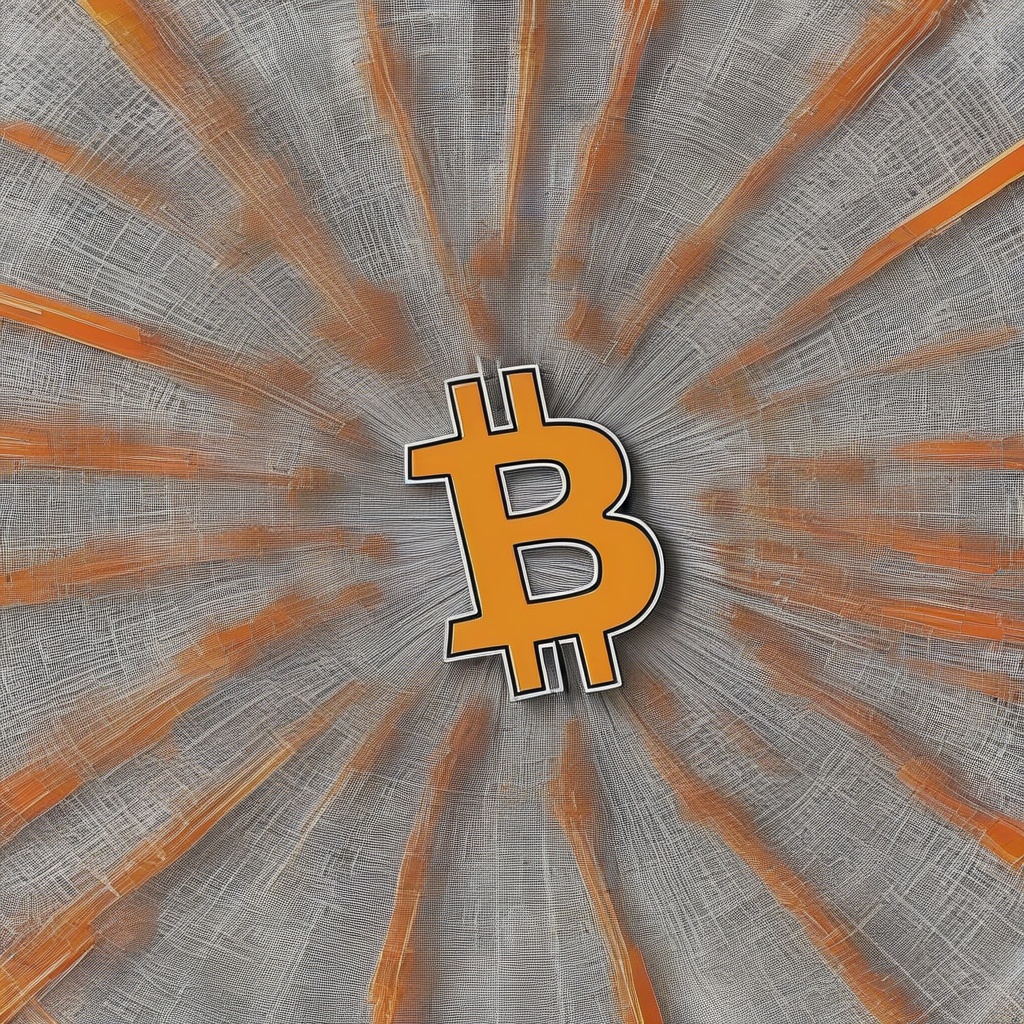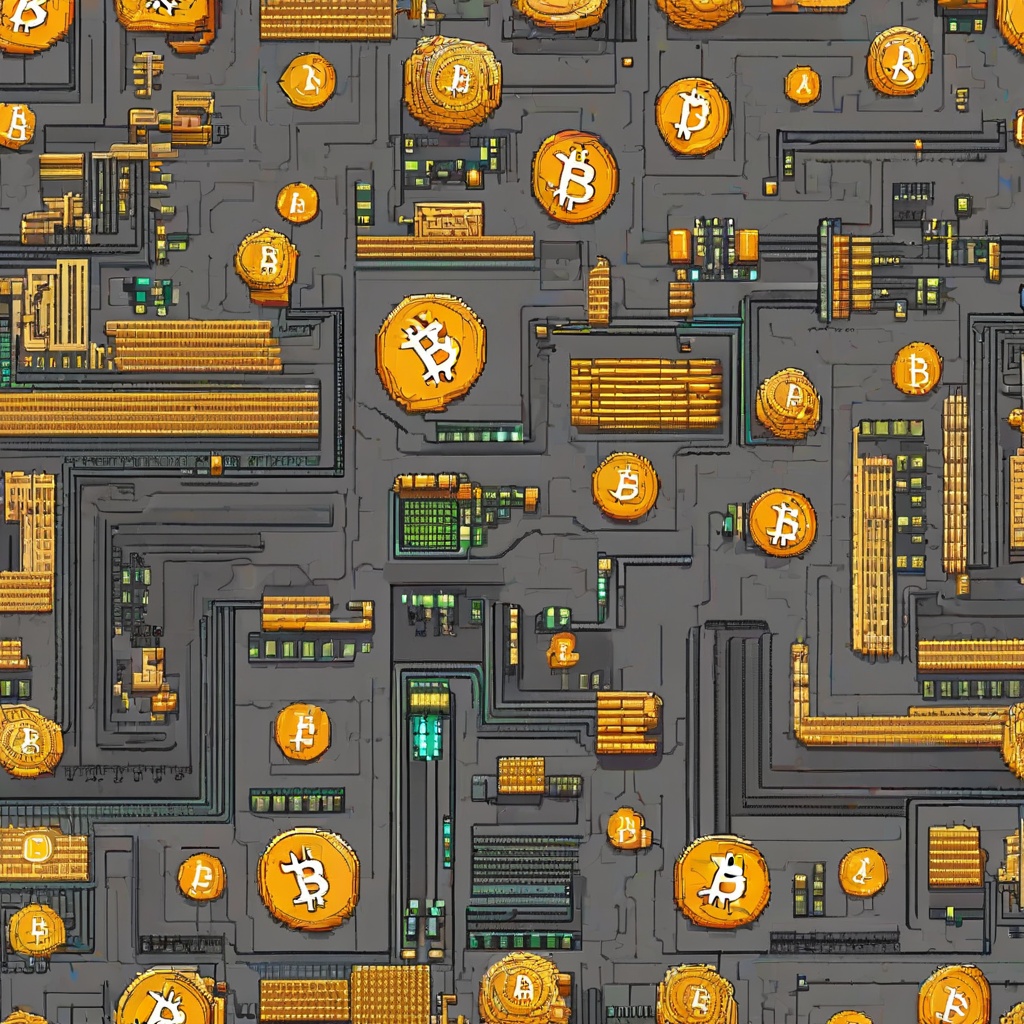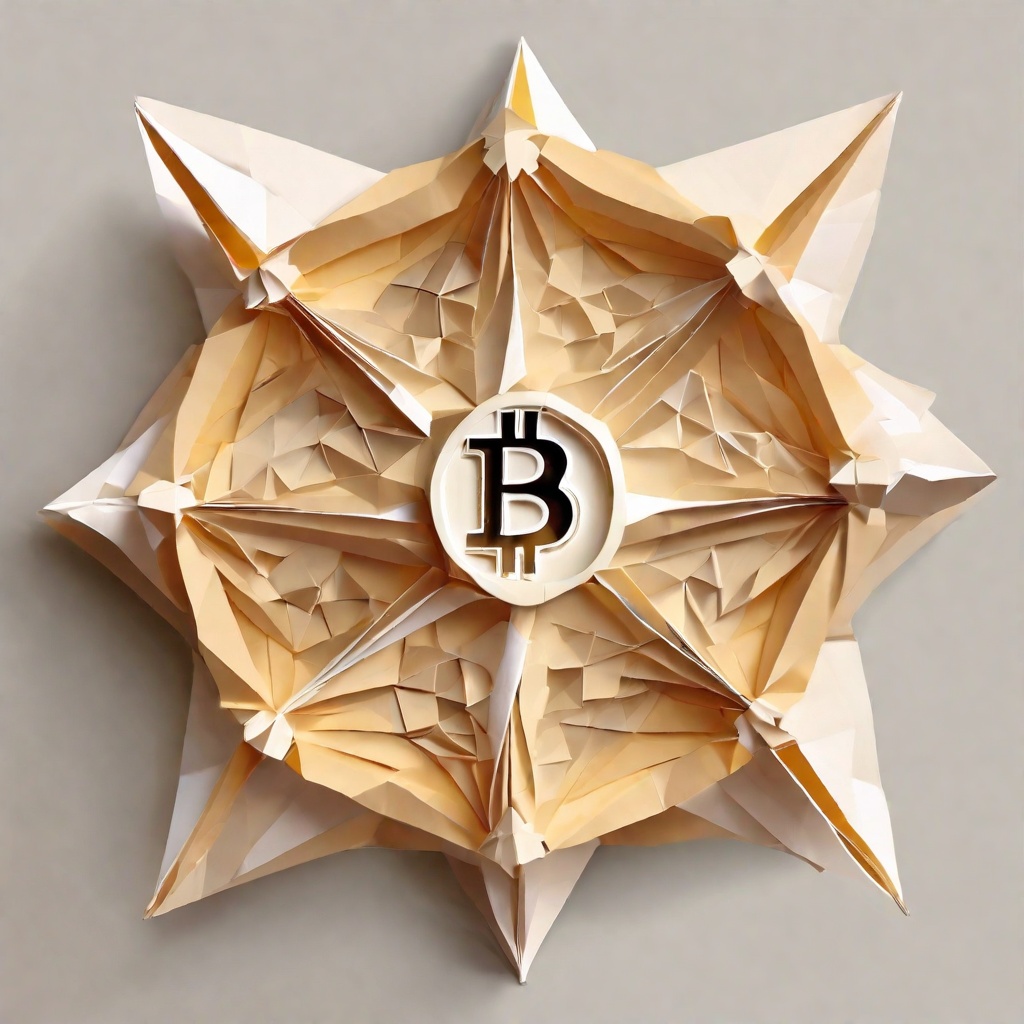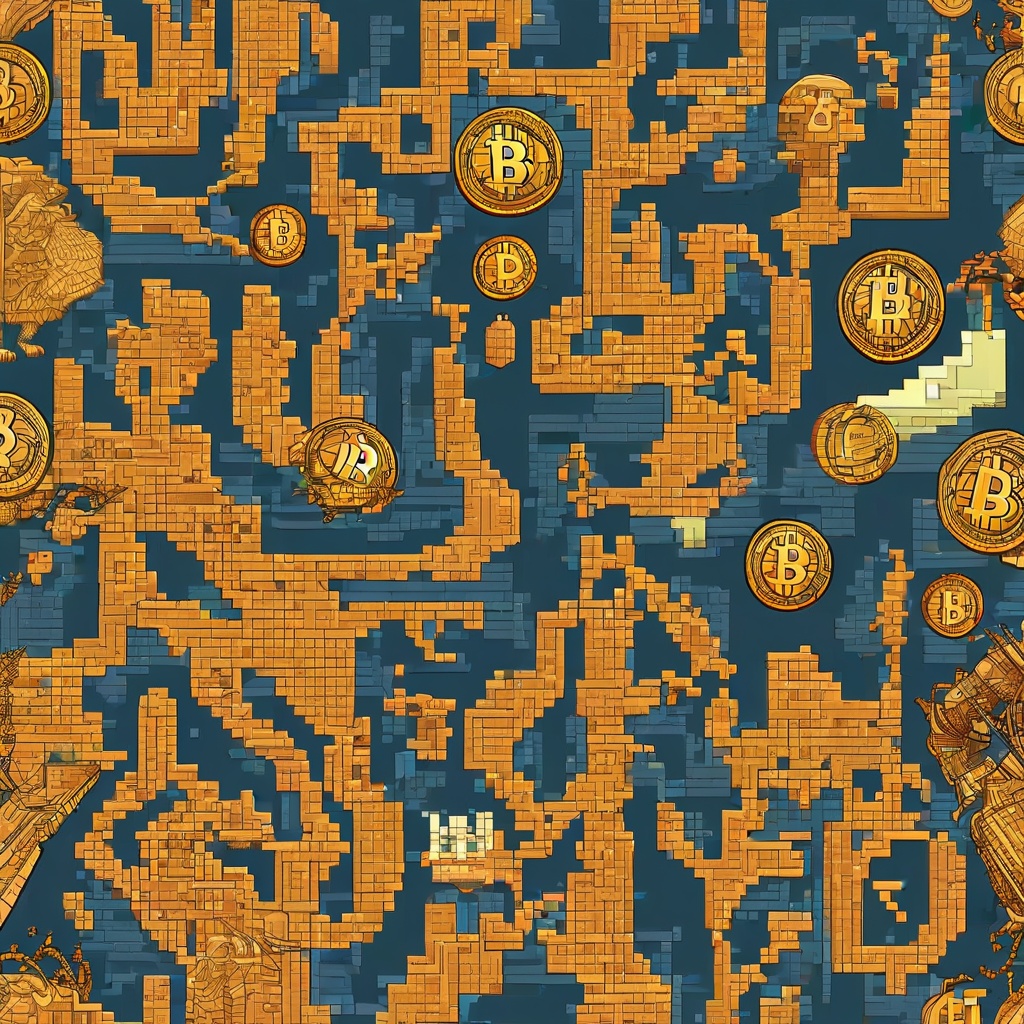Is Filecoin Web3?
Is Filecoin Web3?" This question seems to be asking about the categorization of Filecoin within the broader context of Web3 technology. Let's break it down. First and foremost, it's important to understand that Web3 is a concept that refers to the next evolution of the internet, focusing on decentralization, user ownership, and security. It aims to shift power away from centralized entities and put it back into the hands of users, leveraging blockchain technology to achieve this. Now, turning to Filecoin, it is a decentralized storage network built on blockchain technology. It allows users to rent out unused hard drive space and earn rewards for storing and retrieving data. In this sense, Filecoin aligns with the principles of Web3 by promoting decentralization and user ownership. However, whether or not Filecoin can be solely categorized as Web3 is a more nuanced question. Web3 is a broad concept that encompasses various technologies and applications, and Filecoin is just one example within this ecosystem. It's important to recognize that Filecoin may have some Web3 characteristics, but it's not the only technology that falls under this umbrella. So, to answer the question, "Is Filecoin Web3?" one could say that Filecoin exhibits some of the key principles and technologies associated with Web3, but it's not the sole representative of this broader movement. It's just one piece of the puzzle in the evolving landscape of decentralized technologies.

What is immutable in Web3?
Could you please clarify what exactly is meant by "immutable" in the context of Web3? I'm particularly interested in understanding how this concept applies to blockchain technology and the overall decentralized ecosystem. I've heard about the importance of immutability in maintaining the integrity and security of digital transactions, but I'm still a bit hazy on the specifics. Could you break it down for me in simple terms? What makes something immutable in Web3, and why is it such a crucial aspect of this new internet era? I'd really appreciate your insights into this matter.

Is Hedera a web3?
Is Hedera truly considered a web3 technology?" I inquire with a touch of curiosity. After delving into the intricate world of cryptocurrencies and blockchain, I've come across Hedera, which seems to have gained significant traction in recent times. However, I'm still trying to wrap my head around whether it truly fits the mold of web3. Could you elaborate on the characteristics that define Hedera as a potential web3 player? Does it exhibit the decentralization, scalability, and interoperability that are often touted as hallmarks of web3 technologies? Or is it more akin to traditional web2 solutions, with certain advancements but still lacking in the core principles of web3? I'm genuinely interested in understanding Hedera's positioning in this evolving digital landscape. Your insights would greatly assist me in navigating this complex yet fascinating space.

Is Polkadot a Web3?
Is Polkadot truly a representative of Web3?" I pose this question with a keen interest in understanding the nuances of the cryptocurrency and finance world. Polkadot, as a blockchain protocol, has garnered significant attention in recent times for its innovative approach to interoperability. But does this make it a defining feature of Web3, the proposed next iteration of the internet? Web3, often touted as the decentralized, user-owned internet, promises a shift away from the centralized control of today's web. It envisions a future where applications and services are built on blockchain technology, enabling greater transparency, security, and user sovereignty. Polkadot, with its focus on connecting multiple blockchains, appears to align with these principles. It allows different blockchains to communicate and transact with each other, potentially fostering a more interconnected and decentralized ecosystem. However, the question remains: does Polkadot's role in this ecosystem alone qualify it as a defining element of Web3? To truly answer this, we must consider the broader context of Web3. It's not just about interoperability but also about user ownership, data privacy, and the overall shift in power away from centralized entities. Polkadot may be a crucial piece in this puzzle, but it's only one piece. Other blockchain projects and technologies are also contributing to the realization of Web3. So, is Polkadot a Web3? It's a complex question that requires a nuanced understanding of the evolving landscape of cryptocurrency and finance. While Polkadot's role is significant, it's merely one aspect of the broader Web3 vision.

What is bridge in Web3?
Excuse me, could you possibly clarify what the term "bridge" means in the context of Web3? I've been hearing a lot about it lately but am still a bit hazy on the details. Could you elaborate on its functionality, purpose, and how it fits into the broader ecosystem of Web3? I'm particularly interested in understanding how bridges facilitate the interoperability between different blockchains and how they might be used in real-world applications. I'd appreciate any insights you could provide on this topic. Thank you for your time.

